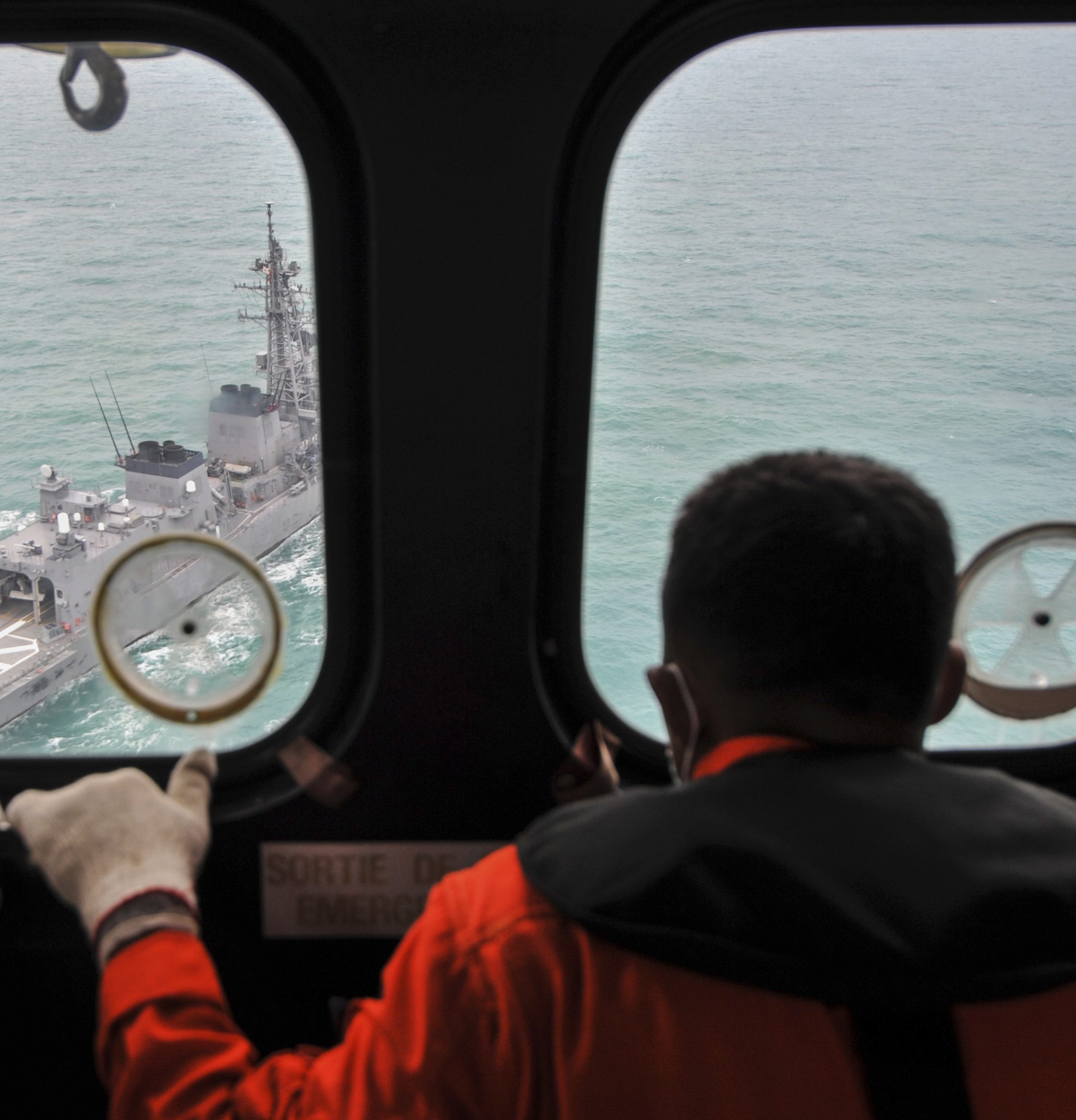AirAsia crash makes case for ejectable black boxes, say experts
A long-delayed proposal to outfit commercial airliners with ejectable black box recorders may have a better chance of being adopted following the AirAsia crash in the Java Sea, according to three sources at the U.N. global aviation body. The idea, which would equip commercial flights with black boxes that detach from the plane and float in water rather than sink, has bounced around International Civil Aviation Organization (ICAO) committees for years and is back on the agenda at its High-Level Safety Conference in February, the first of its kind in five years. ICAO wants to develop a global system to improve plane tracking and ensure accident sites are found quickly as part of its response to the disappearance of a Malaysian airliner last year.
The time has come that deployable recorders are going to get a serious look.
An ICAO representative
Ejectable recorders were invented by the Canadian government’s National Research Council in the 1960s and thousands are installed on fighter jets, including the U.S. Navy’s F/A-18 jets, and small aircraft, like helicopters. Unlike military recorders which jettison away from a plane and float on water, signaling their location to search and rescue satellites, recorders on commercial flights sink. Underwater, they can only be detected over short distances. Modern commercial aircraft already have two fixed recorders. An ejectable black box could be installed in the tail, replacing one. But the technology is untested on large, commercial aircraft because of cost concerns and the lack of political will to require them.

Asia-Pacific